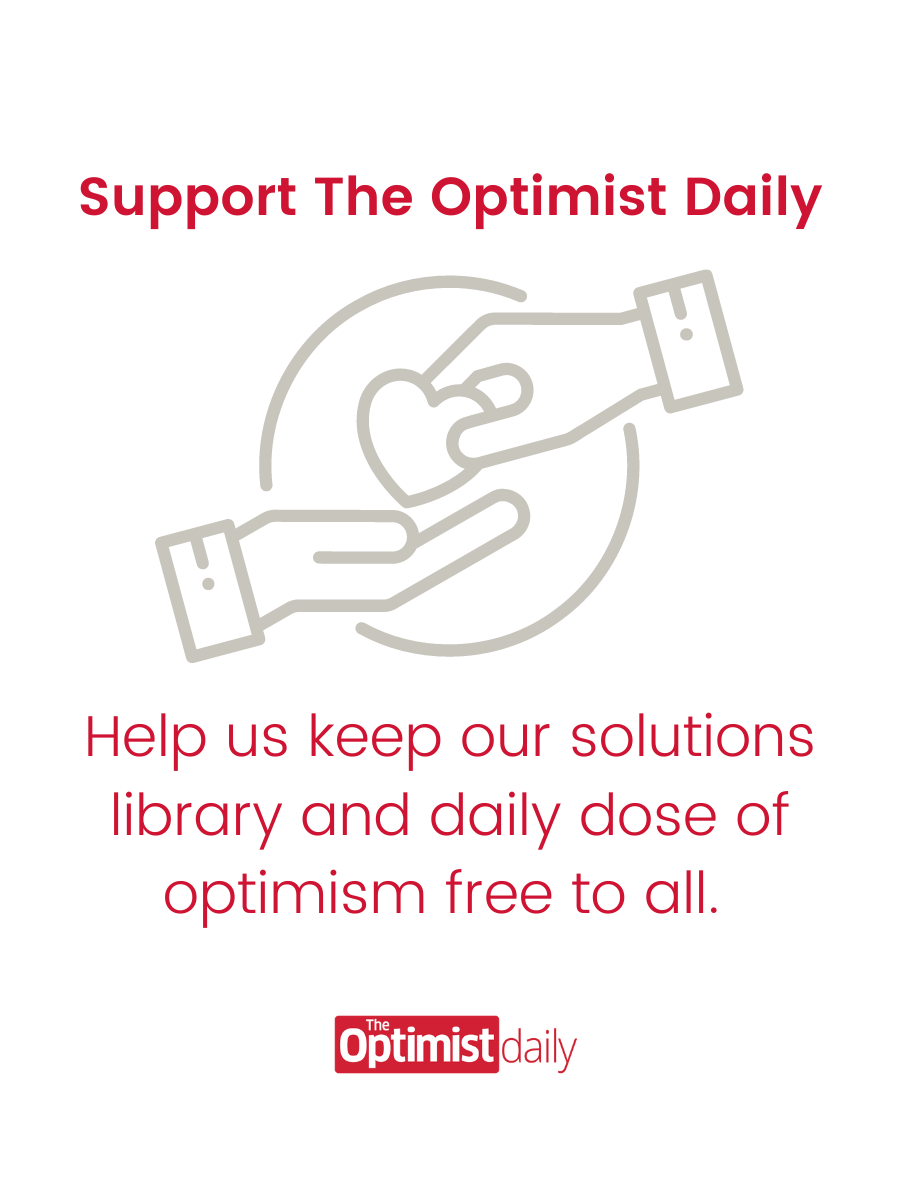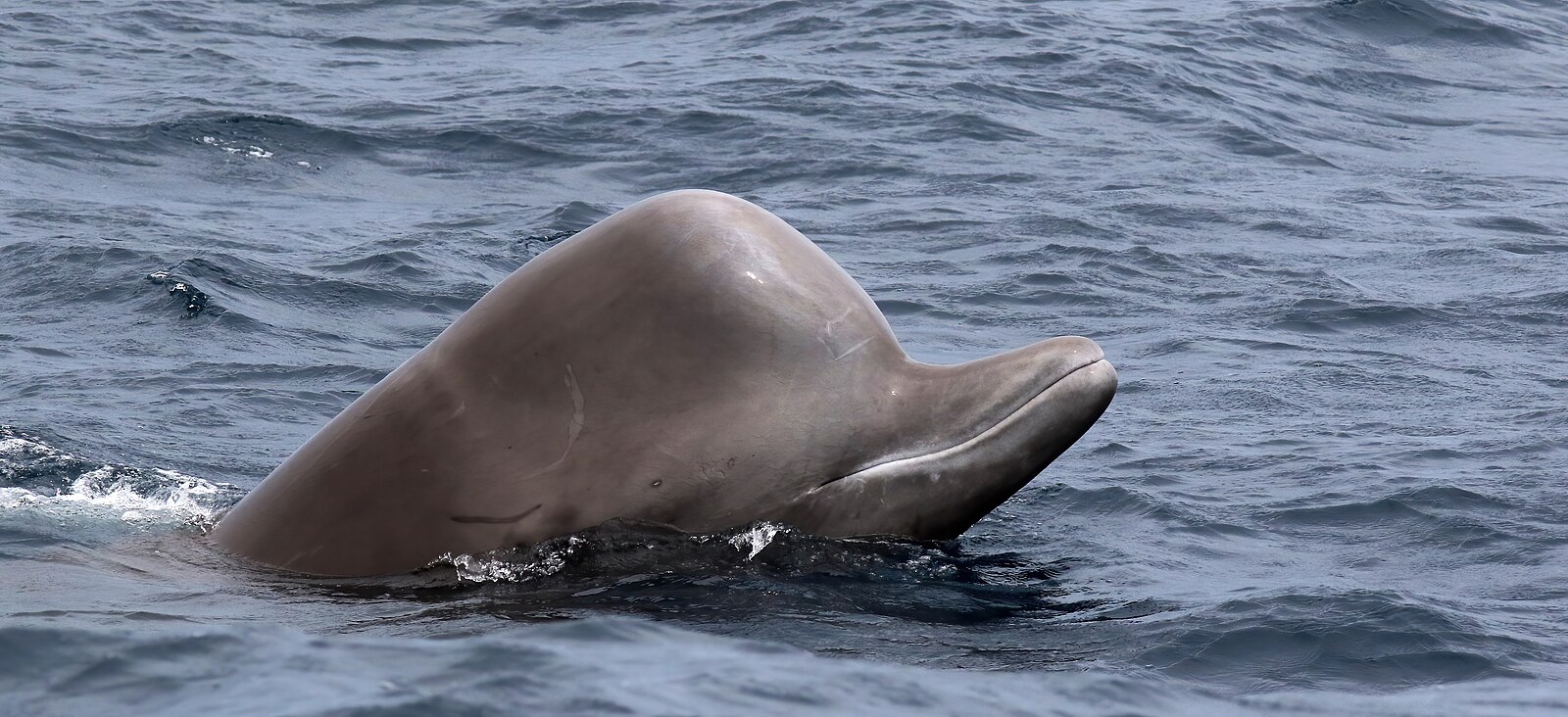Travelers love animals. We want to get close to them and learn more about them. But the reality that many tourists don’t see is that to stay in business, animal encounters, such as elephant rides and photo ops with tigers, rely on putting wild creatures to work. Discerning the difference between ethical and problematic wildlife experiences can be especially tricky, which is why National Geographic has put together a set of guidelines to help you assess whether or not your next wild adventure falls into the category of ethical.
First off, you have to do your research. Look for facilities where animals appear to be well-fed and have access to clean water at all times. A facility that rates high on TripAdvisor may not be a humane one. Read one- and two-star reviews, which often include animal welfare concerns cited by visitors.
Secondly, you must scan the space. Observe whether animals have an appropriate environment, including shelter, ample space, a comfortable resting area, and a secluded place away from crowds. Beware of buzzwords including “gives back to conservation,” “sanctuary,” and “rescue.” Be cautious if a facility makes these promises yet offers extensive interaction to large volumes of people.
Third, you have to look for red flags. Avoid facilities where animals are visibly injured or are forced to participate in activities that could injure them or cause them pain or where enclosures aren’t clean. Being chained, performing, and interacting with tourists—giving rides, posing with them, being washed by them—are not normal for a wild animal, even one born in captivity.
Number four: tread lightly. Be aware that large crowds and unnatural noises cause distress, especially for animals that have experienced fear-based training, separation from mothers at birth, or other traumas.
Lastly, keep it wild. In many ways, this should be the number one tip. Instead of spending your money supporting institutions that hold animals captive, seek experiences that offer an observation of animals engaging in natural behaviors in natural environments. If more travelers do this, then collectively we signal to the market that consumers support ethical wildlife encounters.











